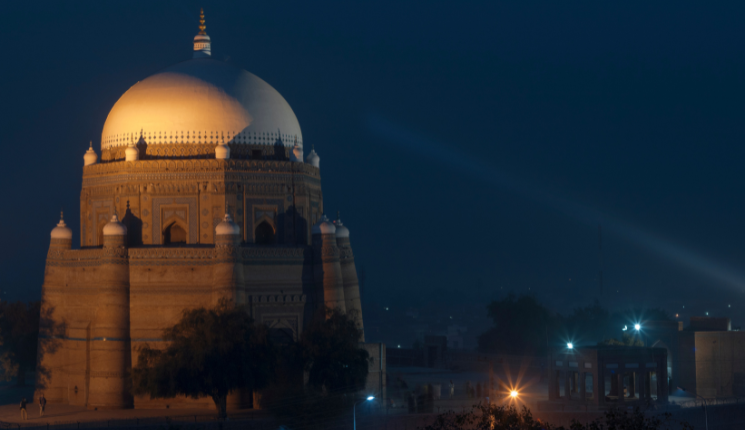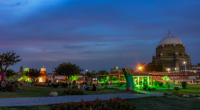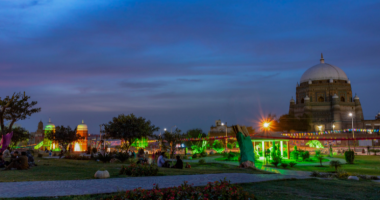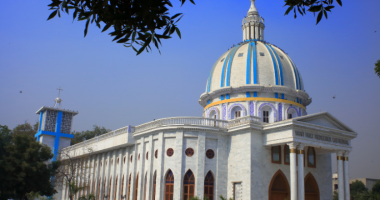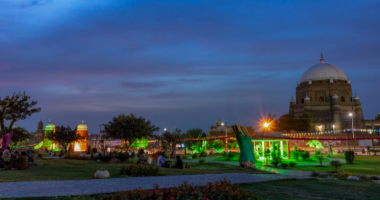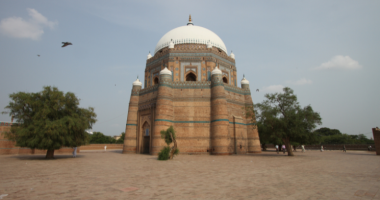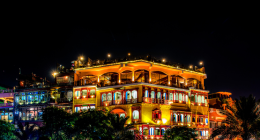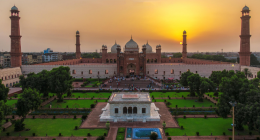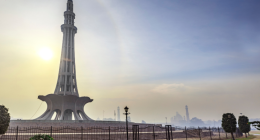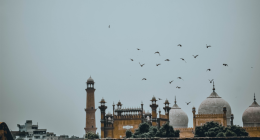If you’re craving a journey back in time, Multan should be at the top of your list. Known as the City of Saints, it’s one of the oldest living cities in South Asia. With centuries-old architecture, sacred shrines, and bustling bazaars still thriving today, historic places in Multan offer a deep and personal connection to Pakistan’s past.
Whether you’re a history enthusiast or just looking for something unique, Multan never disappoints. So, let’s wander through the lanes of this culturally rich city and uncover the gems that make it unforgettable.
Multan Fort: A Centerpiece Among Historic Places in Multan
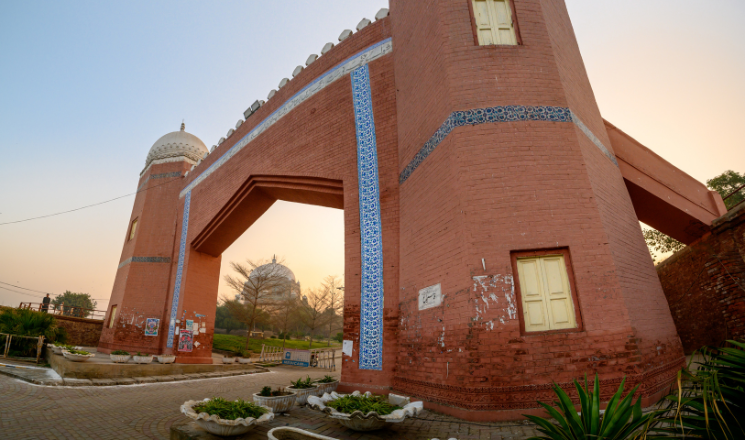
No visit is complete without seeing the Multan Fort, an ancient citadel that once guarded the city. Although many of its original walls were damaged over time, the ruins still tell stories of rulers, invasions, and grandeur.
Dating back nearly 2,500 years, the fort’s strategic hilltop location once made it nearly impossible to conquer. The structure houses the iconic Qasim Bagh Stadium, several shrines, and stunning viewpoints overlooking the city and River Chenab.
Inside its remnants, you’ll find architectural traces from the Mughal and British periods, each brick whispering history. Use the Bold Pakistan app or Pakistan Travel Guide to get virtual reconstructions while you’re exploring.
Shah Rukn-e-Alam’s Tomb: A Spiritual Historic Site in Multan
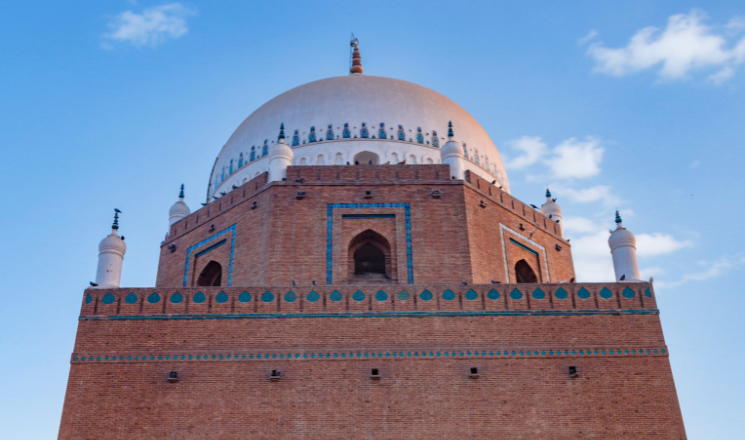
Another unmissable landmark among historic places in Multan is the Tomb of Shah Rukn-e-Alam, a revered Sufi saint from the 14th century. With its signature red brick, blue tilework, and towering dome, it stands like a crown on Multan’s skyline.
The tomb attracts not only pilgrims but also art lovers and photographers who admire its symmetry and spiritual atmosphere. Constructed between 1320 and 1324 AD, it blends Persian, Central Asian, and local styles.
The surrounding area also offers quiet moments for reflection, making it perfect for visitors seeking both cultural depth and spiritual calm. Don’t forget to explore the HeritEdge app to learn the story behind the architecture.
Shrine of Bahauddin Zakariya: A Spiritual Hub
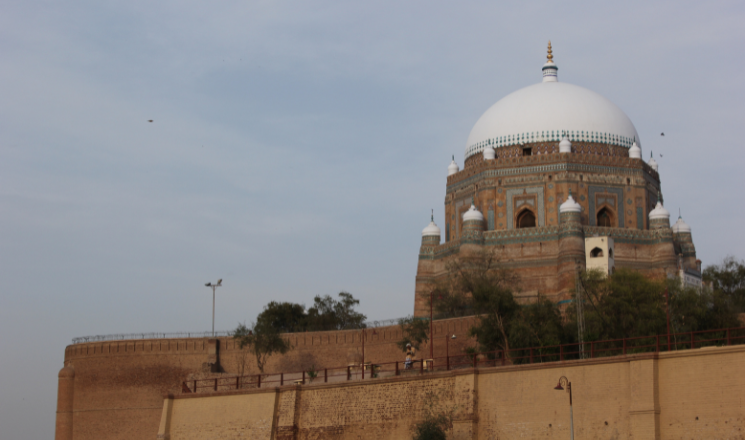
One of the most visited spiritual destinations in Multan is the Shrine of Bahauddin Zakariya. Built in the 13th century, this monument has immense historical and spiritual importance. It is where Sufism flourished, and it still serves as a spiritual center today.
The shrine is unique in its structure—square-shaped with a three-tiered roof and walls covered in colored tiles. The energy here is vibrant, especially during festivals when Qawwali music, prayers, and communal meals bring people together.
If you’re looking to understand the soul of the city, this is the place. Make sure to use Google Arts & Culture for an immersive virtual tour and verified details about the saint’s life.
Eidgah Mosque: Where Faith Meets Art

When exploring historic places in Multan, the Eidgah Mosque deserves a top spot. Built in 1735 during the Mughal era, it is one of the best-preserved historical mosques in the region.
What sets this mosque apart are its magnificent archways, sprawling courtyards, and colorful frescoes. Located near the Delhi Gate, it offers an insight into Islamic architectural brilliance while still being a functioning place of worship.
The structure represents a time when art, religion, and community were deeply intertwined. Visitors are welcome to walk the courtyard and even attend prayer sessions, provided they dress modestly and respectfully.
Ghanta Ghar and the Multan Museum
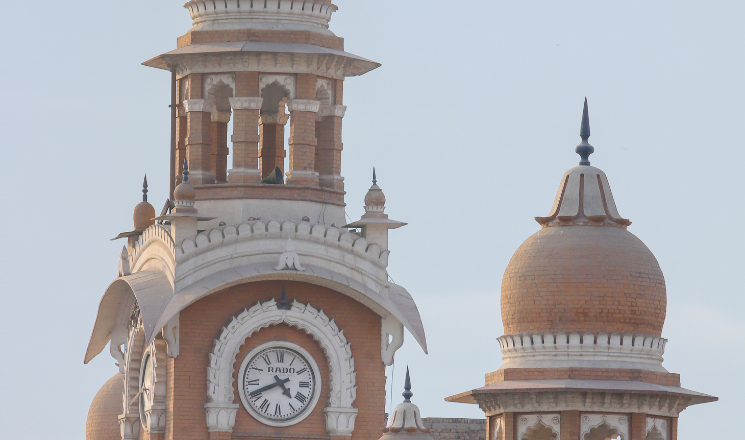
As you venture deeper into the city, you’ll reach Ghanta Ghar, also known as Clock Tower Multan. Built during the British colonial period in 1884, this building now serves as the Multan Museum, housing rare coins, ancient manuscripts, and pottery.
While not as old as the tombs and forts, it captures an important chapter in Multan’s colonial history. What’s more, the nearby bazaars provide a lively contrast with their traditional goods like Multani pottery, embroidered textiles, and sohan halwa.
This mix of old and new creates a truly immersive experience that connects you to Multan’s evolving identity.
Walk Through the Haram Gate and Walled City
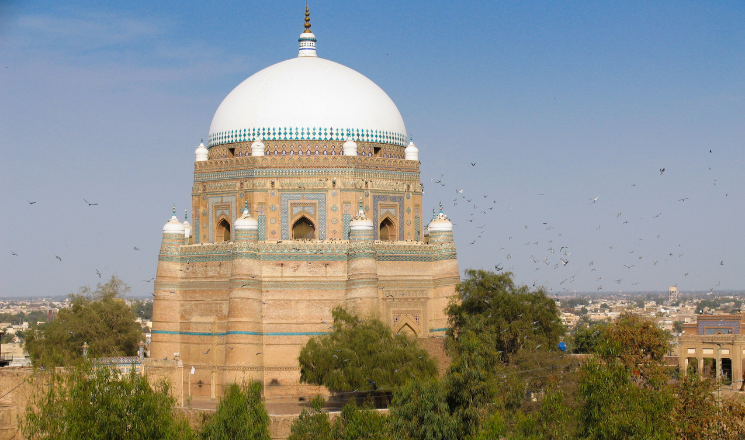
One of the last remaining entrances to the ancient Walled City is the Haram Gate. It is a living monument surrounded by historic havelis (mansions), community mosques, and narrow winding lanes.
This neighborhood paints a vivid picture of urban life during medieval times. As you walk the narrow alleys, you’ll notice intricately carved wooden doors, stained glass windows, and age-old street names.
The best way to explore this area is on foot. Use the Multan Culture App to unlock historical facts and stories as you walk from one gate to the next.
Preserving the Legacy of Multan Historical Gems
What makes these historic places in Multan even more captivating is the people who live around them. Generations have lived near these landmarks, cared for them, and shared stories that keep their legacy alive.
From the artisans crafting pottery using centuries-old techniques to shrine caretakers passing down oral traditions, Multan’s cultural heritage is thriving—not just in stone, but in people.
This enduring spirit is what sets Multan apart from many historical destinations. You’re not just visiting the past—you’re seeing how it shapes the present.
Final Reflections on Historic Places in Multan
Multan is more than a city; it’s an emotion. Through its tombs, mosques, forts, and museums, it offers a deep sense of historical continuity and cultural pride. Every stone and tile has a story. Every alley echoes with a past still alive today.
So if you’ve never visited, now’s the time. Whether you’re a traveler, student, spiritual seeker, or simply curious, historic places in Multan will leave you inspired, informed, and deeply moved.
Bring along your camera, your curiosity, and maybe a cultural guide app or two—and let the City of Saints reveal its soul to you.

